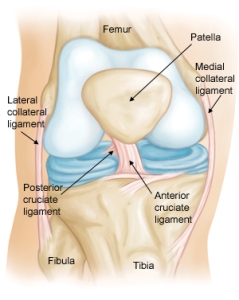
Anterior Cruciate Ligament Tears
Image: orthoinfo.aaos.org
Orthopaedic surgeon Dr. Aaron Tragos most recently served at Munson Orthopaedic Clinic in Fort Leavenworth, Kansas. Over the course of his six years in this role, Dr. Aaron Tragos treated a number of anterior cruciate ligament tears.
The anterior cruciate ligament, or ACL, connects the femur of the thigh to the tibia in the lower leg. It serves a crucial role in knee stability, but is subject to tears resulting from force or stress. Most such tears occur during an intense physical action that forces the two bones apart. This often occurs during a sudden stop, abrupt change of direction, or improper landing from a jump.
When the ACL tears, the patient may notice an audible popping sensation and the onset of severe pain, which prevents the person from continuing the activity. Recommended first aid for individuals who notice these symptoms includes rest, elevation, and gentle compression to reduce swelling.
If the tear is incomplete, the patient may be able to recover by participating in a targeted rehabilitation program. Complete tears, however, typically require reconstruction surgery. This most often involves the harvesting of a graft that replaces the torn ligament, and it is over this graft that new tissue grows to strengthen the site.
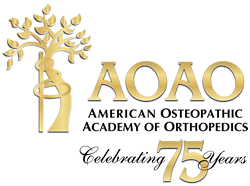
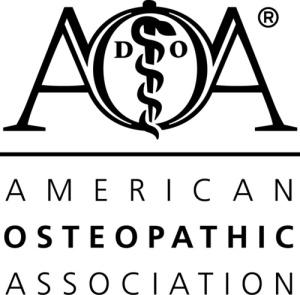
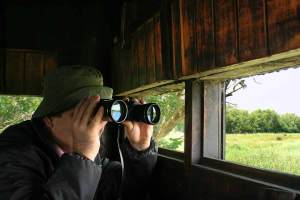
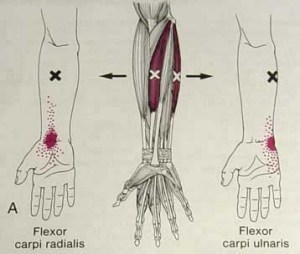
You must be logged in to post a comment.